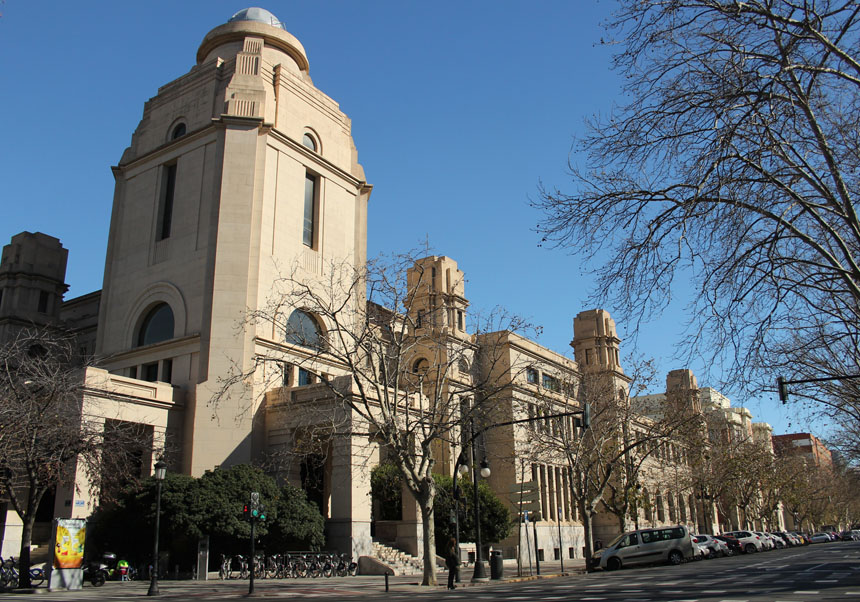The Universitat de València (UV) has been registered in the official registry of the Ministry of Science, Innovation and Universities as a Knowledge Transfer Office (CTO). With the acceptance of its registration, in addition to the official recognition of its transfer trajectory, the institution will have access to new government and European funds, more resources for internationalisation, better technical support and advice, or new infrastructure and equipment.
The TTOs were created as a result of the Transfer and Collaboration Plan of the Ministry of Science, Innovation and Universities, within the framework of the promotion of innovation, knowledge transfer, dissemination and scientific, technological and innovative culture. They are defined as the set of organisational structures that carry out transfer functions and have permanent staff. A new concept of TTO is therefore established, not linked to a ‘physical office’ – as were the OTRIs (Research Results Transfer Offices) – but linked to the exercise of transfer functions.
The recognition and registration of the Universitat de València as a TTO has been achieved after accrediting that the UV has a transfer ecosystem made up of the different structures that adopt, as their own, the knowledge transfer functions defined by the Ministry.
Under the umbrella of the vice-rectorships for Innovation and Transfer; Research; and Studies, the transfer functions carried out in the departments, research institutes, ERIs and Doctoral School, which could be considered as the ‘basic transfer structures’, were highlighted. In addition, those carried out by the AgrotecUV High Technology Incubator, the Unit for Scientific Culture and Innovation (UCC+i), UVEmpren, UVCàtedres, ParcUV, UCIEs and innovation agents were also highlighted and highlighted. To these must be added those of the central services: the Transfer and Innovation Service and the Research Management Service.
The transfer functions recognised to the UV with this registration are the protection of the results of Research, Development and Innovation (R+D+I); the exploitation of research results, inventions and new technologies through any type of contract that involves the transfer of its use or ownership to third parties; collaborative research between public and private entities; the contracting of R+D+I and technological services; the promotion of the creation of knowledge-based entities (formerly spin-offs) and the social dissemination of knowledge.
Among the new funds that the UV will be able to access are those of the Spanish Government specifically aimed at supporting knowledge transfer and innovation, on applied research, technology development, staff training or protection of industrial property.
The Valencian academic institution will also be able to increase the number and quality of European Union funding schemes that support research, innovation and technology transfer, including Horizon Europe, the EU’s framework programme for research and innovation.
Registration as an OTC office will also provide the Universitat de València with greater resources for its internationalisation, through assistance in establishing international collaborations, participating in fairs and events and accessing exchange and mobility programmes for entrepreneurial and research staff.
The improvement of technical support and advice for R&D&I projects and their transfer, in matters such as the management of intellectual property or the development of new strategies, will be provided by the Spanish Government through the Ministry of Science, Innovation and Universities, as well as other transfer entities.
Also, with the registration as an OTC, the UV will be able to benefit from funding programmes with which to access highly specialised infrastructure and equipment in research and technological development, in technology transfer projects that require academic or industrial partners.


